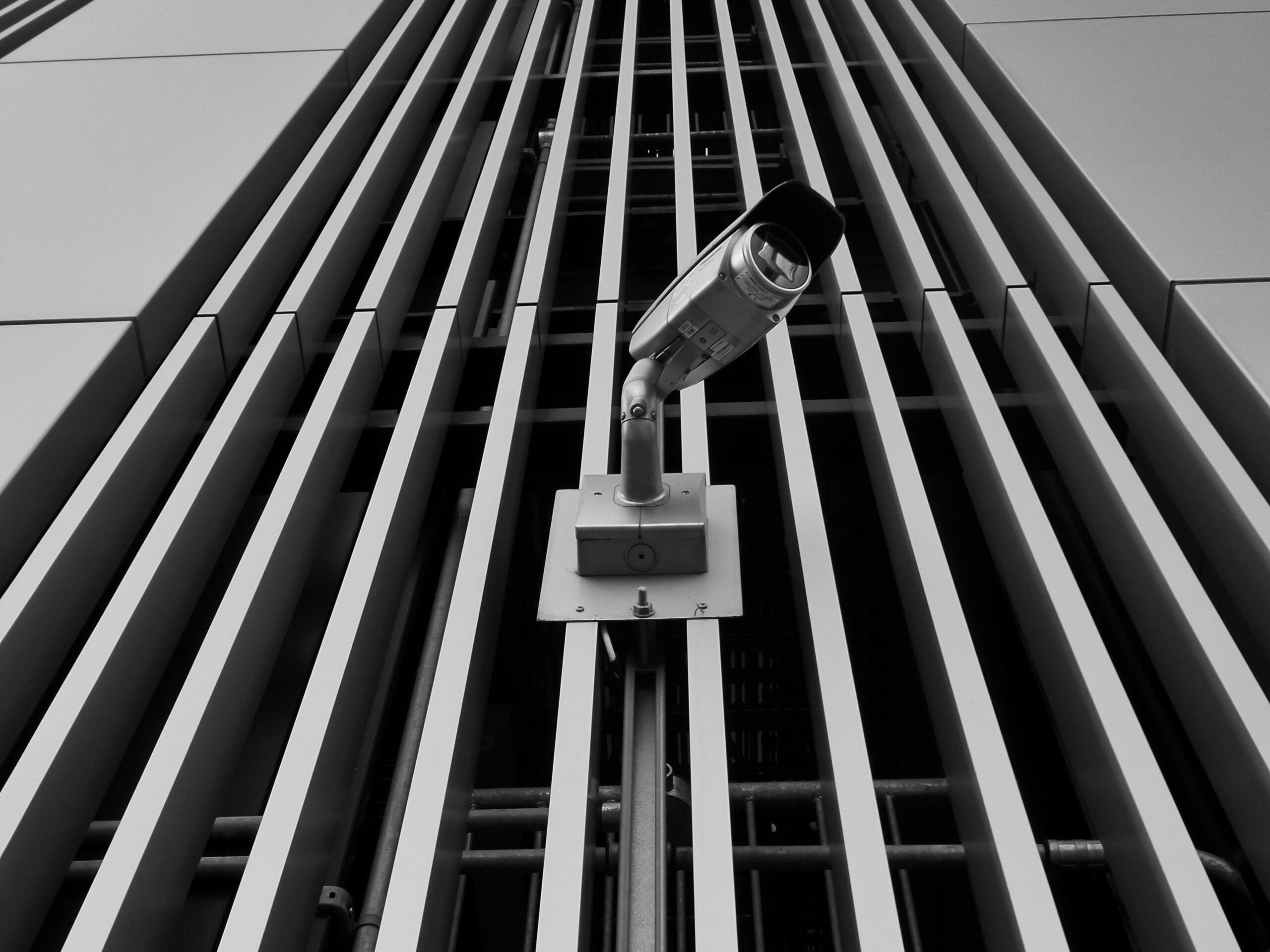Physical security is crucial for safeguarding a business’s premises, assets, data, and personnel. It protects tangible and intangible assets, from equipment and documents to employee safety and critical information.
Ignoring physical security threats and vulnerabilities can lead to theft, vandalism, corporate espionage, or threats to personnel safety, making a secure physical environment a business’s first defense against such risks.
Every business, irrespective of size or nature, should understand physical security threats and vulnerabilities and implement strategies to tackle them. A well-devised physical security plan ensures not just protection but smooth operation and longevity of the organization.
Serious Physical Security Threats And Vulnerabilities
There are multiple physical security threats and vulnerabilities to deal with for business. Some are more complex than others, but let’s look at the most important ones.
Security Threats

Unauthorized Access
Unauthorized access, a common physical security threat, entails illegal entry into business premises or restricted areas, posing risks like data or asset theft, property damage, or personnel harm.
A portable security device like DoorJammer offers a quick, efficient layer of defense against such entries, acting as a deterrent to unauthorized individuals. It withstands 1,000 pounds of direct force, doesn’t trip over surfaces, and provides an ultimate defense against intruders.
Vandalism
Vandalism, encompassing acts like property damage, graffiti, defacement, or destruction of equipment, can jeopardize your essential operations and cost your business hefty sums of money. Vandalism not only devalues the physical assets but can tarnish a business’s image, affecting its reputation among stakeholders.
Theft
Theft, including burglary and internal theft, is another major physical security threat to businesses. Burglary involves external parties breaching a property to steal assets while employees or insiders of the business commit internal theft. Both scenarios can be detrimental, leading to significant financial losses and potential disruptions of daily operations.
Natural Disasters
Natural disasters like fires, floods, and earthquakes pose profound threats to the physical security of business premises. These unexpected events can massively damage property, equipment, and valuable assets, some of which might be irreplaceable. Additionally, they can disrupt business operations, sometimes for extended periods, leading to revenue losses.
Terrorism And Sabotage
Terrorism and sabotage, while less common, are severe threats businesses must consider. Acts of terrorism or sabotage can halt business operations, cause massive property damage, and, more importantly, endanger the lives of employees and customers inside the premises. The threat of these acts requires businesses to incorporate robust physical security measures, including prevention strategies and recovery plans.
Security Vulnerabilities

Lack of Surveillance
Inadequate surveillance leaves businesses vulnerable, as it hampers monitoring and detecting suspicious activity. Well-placed security cameras deter criminal actions, capture incidents, and provide crucial evidence during security mishaps. Hence, investing in reliable surveillance is essential to minimize vulnerabilities and ensure a secure environment.
Inadequate Access Control
Inadequate access control exposes businesses to unauthorized entries, risking theft, sabotage, or employee harm. Implementing robust systems like secure gates, biometrics, and card readers, alongside a structured access policy, is crucial to minimize these vulnerabilities and ensure area-specific access.
Poorly Trained Security Personnel
Poorly trained security personnel can cause significant lapses in physical security as they might lack effective threat response or proper equipment usage skills. Hence, businesses should prioritize training programs to update staff on the latest security protocols and threat response mechanisms.
Lack of Emergency Preparedness
Lack of emergency preparedness can worsen a crisis, endangering personnel or escalating damage. This involves crafting emergency plans for various threats ensuring everyone knows evacuation procedures, emergency equipment locations, and emergency contacts. Regular drills and plan reevaluations are crucial for readiness during emergencies.
Assessing Physical Security Risks
Assessing physical security risks is vital for understanding and mitigating potential threats to a business’s infrastructure. This involves several methods:
- Site Surveys: Walkthroughs can unveil obvious security lapses like broken locks or poor lighting.
- Risk Assessment: A formal process to identify and evaluate potential risks considering factors like location and structure type.
- Physical Security Audits: Regular audits check the effectiveness of existing security measures and emergency preparedness.
- Employee Feedback: Employees can help identify security vulnerabilities by interacting with the premises daily.
- Hiring a Professional Security Firm: Comprehensive assessments by experts can reveal overlooked vulnerabilities.
Post-identification, evaluate the likelihood and impact of each risk to prioritize addressing them. Regular assessments, adapting to evolving business environments and security risks, prevent minor lapses from escalating into significant vulnerabilities, keeping the business safe and updated on its security posture.
Conclusion
Physical security is essential for protecting a business’s assets and operations. And identifying potential physical security threats and vulnerabilities can make all the difference.
Investing in security solutions, including DoorJammer, and fostering a security-conscious culture are key. It’s a strategic move that builds stakeholder confidence, allowing businesses to focus on their core goals without undue security concerns.